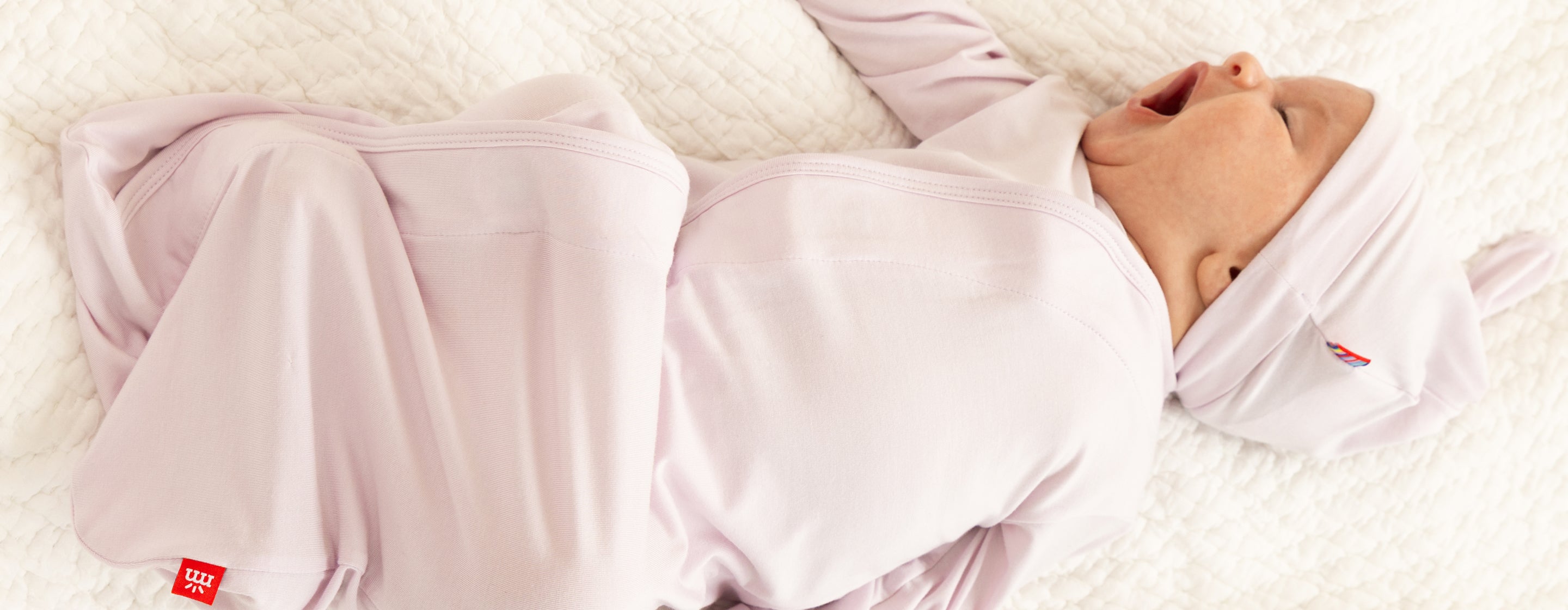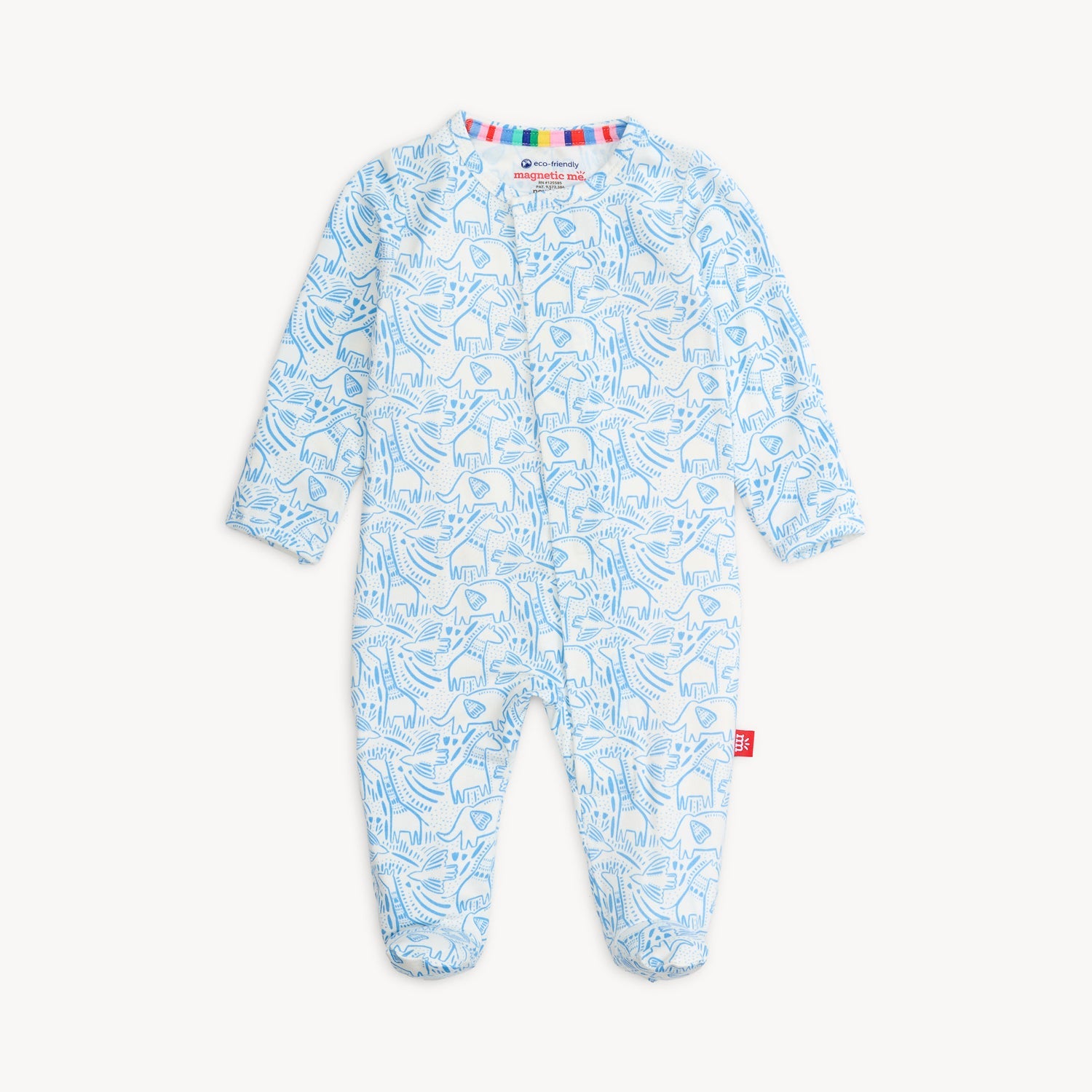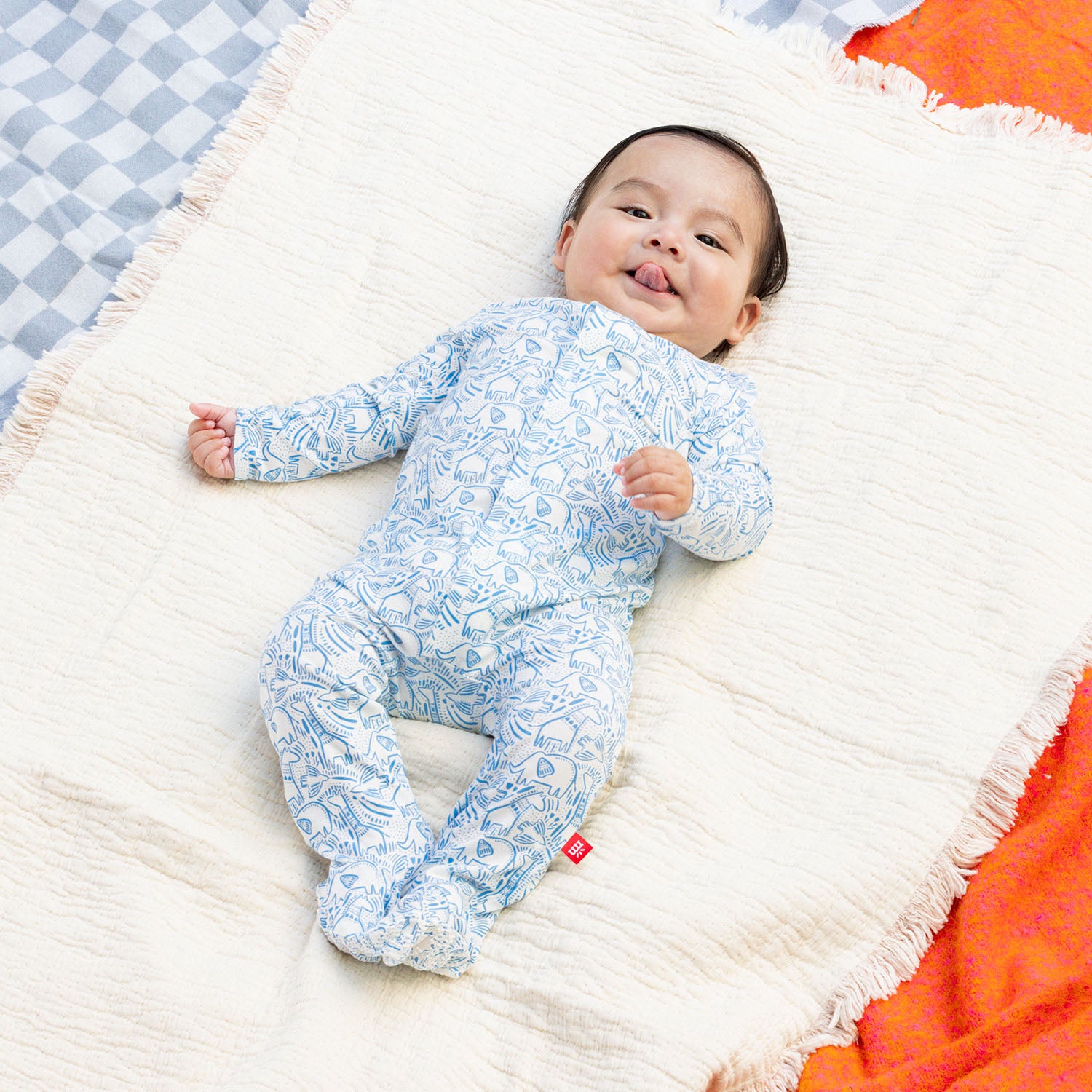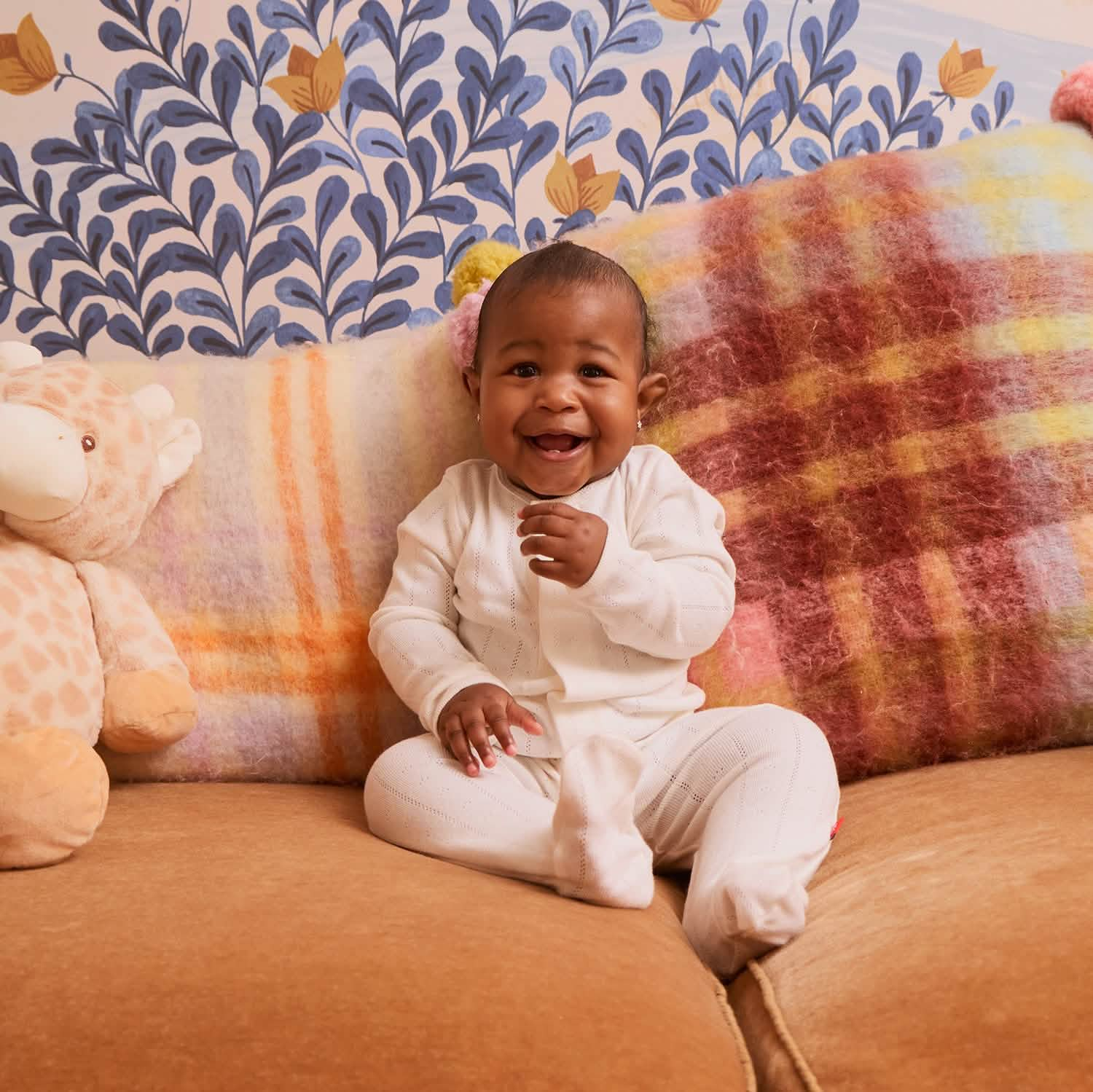In It Together: Q&A with Dr. Rachel McDonald and Sydney Bennett, Co-Founders of BabyFIT
by Magnetic Me Jul 30 2025
For babies, every sensation is brand-new–every sight, sound and texture is a way for them to learn more about the world. Here, co-founders of BabyFIT Dr. Rachel McDonald, pediatric physical therapist, and Sydney Bennett, pediatric occupational therapist, share how to enrich your baby’s sensory environment through sound, touch and scent.

“Change can take some time. Confidence is key!”
Can you tell us a bit about who you are and who you help?
We're Dr. Rach & Syd and we’re the co-founders of BabyFIT. We help parents navigate your baby's first 18 months with all things development, including movement milestones like rolling and crawling, as well as all things sensory, play, feeding, cognition, fine motor, and more through our BabyFIT App.
What’s one common challenge you see parents facing around building sensory-rich experiences for their baby?
One common challenge we see many parents navigate is sensory overstimulation—and it’s completely understandable. Sensory processing is a complex system, and when too much input is happening at once—whether it’s loud sounds, bright lights, strong smells, or overwhelming textures—our nervous system can become flooded. This can send both children and adults into a state of stress, often without us even realizing it.
For babies and young children, overstimulation can show up in many ways:
• Avoiding certain foods or textures
• Meltdowns in busy environments
• Trouble calming down or focusing
• Resistance to new experiences
When this happens repeatedly, it can lead to negative associations with everyday routines like eating, playing, bathing, or even being in certain spaces. Most importantly, it limits a child’s ability to feel safe, regulated, and ready to learn.

Here’s what we want you to know:
Every child has a unique threshold for sensory input, and that threshold can vary day to day. What feels fun and exciting one day may be overwhelming the next—and that’s normal.
This is one of the most common challenges we support parents through, and it’s something we’re deeply passionate about. By recognizing the signs of overstimulation and learning how to adjust the environment to better suit your child’s needs, we can help create safe, supportive spaces where real growth and learning can happen.
Your top three tips for supporting baby’s sensory development:
Supporting your baby’s sensory development begins with creating an environment that feels safe, calm, and manageable. Overstimulation can make it difficult for them to engage, learn, and feel secure. Here are three tips we often recommend to help reduce overstimulation in everyday routines:
1. Simplify the Space: Less is More
One of the most effective ways to reduce sensory overload is by minimizing visual clutter. Try limiting the number of toys available to just one or two at a time. This not only reduces visual input but also encourages focus, attention, and deeper engagement with a single object.
We also recommend avoiding toys with bright, flashing lights or constant movement early on, as these can be overwhelming to the sensory system.
2. Limit Excessive Noise
Sound plays a huge role in sensory processing. High levels of background noise or frequent exposure to loud toys can contribute to auditory overload.
To support your baby’s comfort:
• Follow AAP guidelines for sound machine use (volume below 50 dB, placed 7+ feet away).
• Choose toys that don’t produce sharp or startling sounds.
• Keep general home noise minimal when possible, especially during new activities or transitions.
This helps your baby stay more regulated and present for interaction and play.
3. Meet Basic Needs First
A regulated body is ready to learn. Before introducing new play, exploring new textures, or practicing skills, make sure your baby’s basic needs are met:
• Are they fed?
• Are they well-rested?
• Are they clean and comfortable?
When these needs are addressed, babies are far more likely to be engaged, receptive, and emotionally available for learning and connection. If your baby seems fussy or disengaged, sometimes a simple change of scenery—like going outside for fresh air—can make all the difference.
And perhaps the most important reminder of all:
Your baby wants YOU.
Your voice, your presence, and your interaction are more valuable than any toy or activity. Even the simplest moments—talking, singing, cuddling—are rich with developmental opportunity.
You’re doing amazing. And we’re always here to guide and support you through each step of the journey.
What’s one piece of advice you wish more parents heard?
Every baby is on their own journey. There is a reason there is a window for milestones and each baby is unique in when they will reach them! Daily play and simple, quick activities during their wake windows help so much during this time.
Where can our community find you online?
You can find us online at www.thebabyfitproviders.com/ or on Instagram @babyfitproviders.





